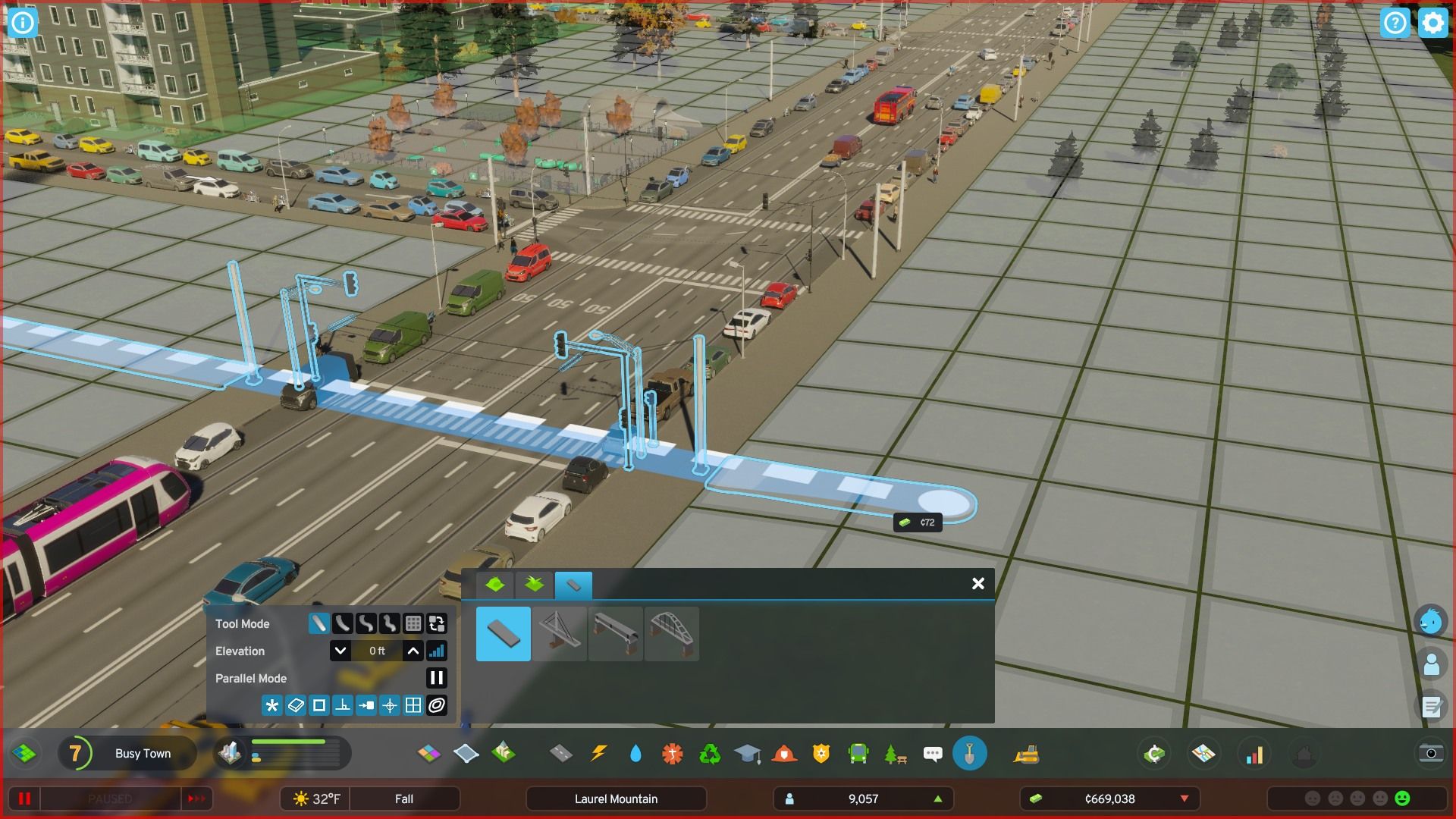
Mastering Pedestrian Paths in Cities: Skylines 2

Discover the ultimate guide to optimizing urban mobility in Cities: Skylines 2! Learn the art of efficiently placing pedestrian paths and constructing impressive pedestrian overpasses Enhance citizen movement and save on infrastructure costs with these expert tips
In Cities: Skylines 2, players have a wide range of tools and features at their disposal to manage traffic effectively. These include road sizes, intersection upgrades, mass transit options, and pedestrian paths. Notably, pedestrian paths play a crucial role as they promote walking as a means of transportation, reducing reliance on vehicles.
One drawback of pedestrian paths in Cities: Skylines 2 is that they are somewhat concealed within the landscaping tool, making them less noticeable to players. However, it is essential for every player to discover and utilize these paths, as they have the potential to significantly transform the game.
How to Place a Pedestrian Path
To begin building pavement paths in the landscaping tool, select the last tab. These paths become available simultaneously with the landscaping tool and do not require any production points. Unlike pedestrian roads, which accommodate service vehicles and occasional rule-breaking drivers, these paths are exclusively designed for pedestrians.
It is important to note that pedestrian paths are independent of road networks. Consequently, players may need to remove a paved path to expand or replace a road. Additionally, pedestrian paths do not include power, water, or sewage lines like roads do. However, they can be connected to sidewalks, allowing pedestrians to traverse from one sidewalk to another.
Paved paths cannot intersect with road intersections, roundabouts, or dead ends. However, players can connect these features by placing paths adjacent to the intersection without overlapping it. The game will automatically fill any remaining space with additional pavement.
In contrast, pedestrian paths have the ability to go directly across the center of a road. This action will create a pedestrian crosswalk, and on medium and large roads, it will include a special stoplight for safer crossing. Players can modify the presence of this stoplight by unlocking Advanced Road Services, allowing them to remove or add it to a small road.
How to Build a Pedestrian Overpass
To avoid congestion on the roads, players have the option to construct a pedestrian overpass or underpass using the pavement path tool. This tool offers various modes similar to regular roads, including the ability to adjust the height of the path. Consequently, players can create overpasses that enable pedestrians to safely cross a busy street without needing to contend with traffic.
It is worth noting that a pedestrian overpass, like most other overpasses, may encounter collision issues with the underlying street. Players can mitigate this problem by constructing the overpass bridge first, followed by the ramps that connect to it, and finally, the paths connected to the ramps.
The pavement path tab offers unique bridge options such as suspension bridges and covered bridges, which mainly serve aesthetic purposes. Players do not have to select a specific bridge type when constructing a pedestrian bridge.
By utilizing pedestrian paths extensively, players can construct roads that come close to each other without intersecting and then connect them using a path. This promotes walking instead of driving among citizens and assists in guiding traffic towards wider roads that can accommodate it.
Cities: Skylines 2 is available now on PC, PS5, and Xbox Series X/S.









